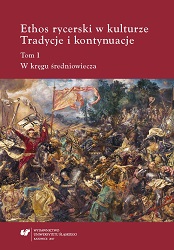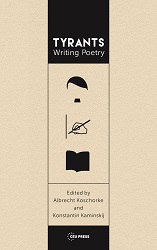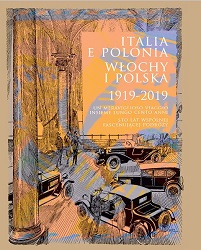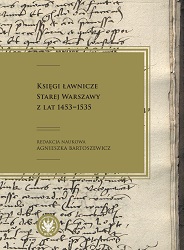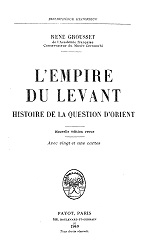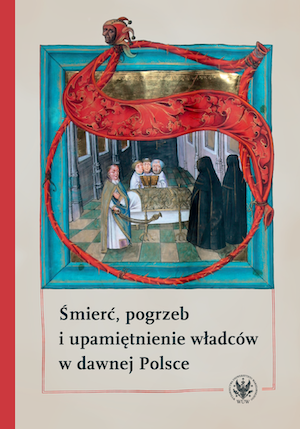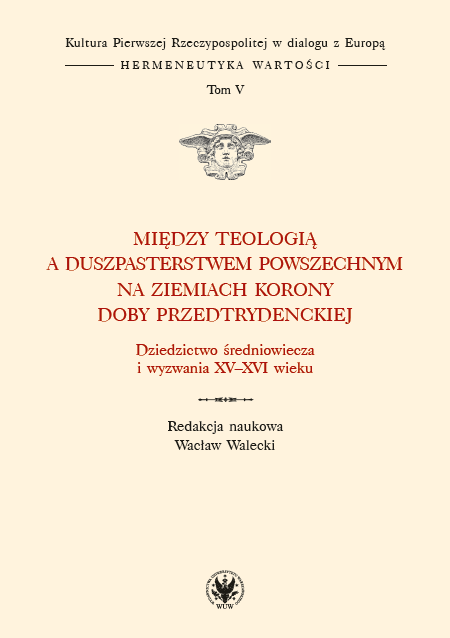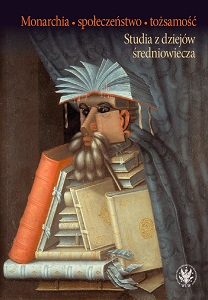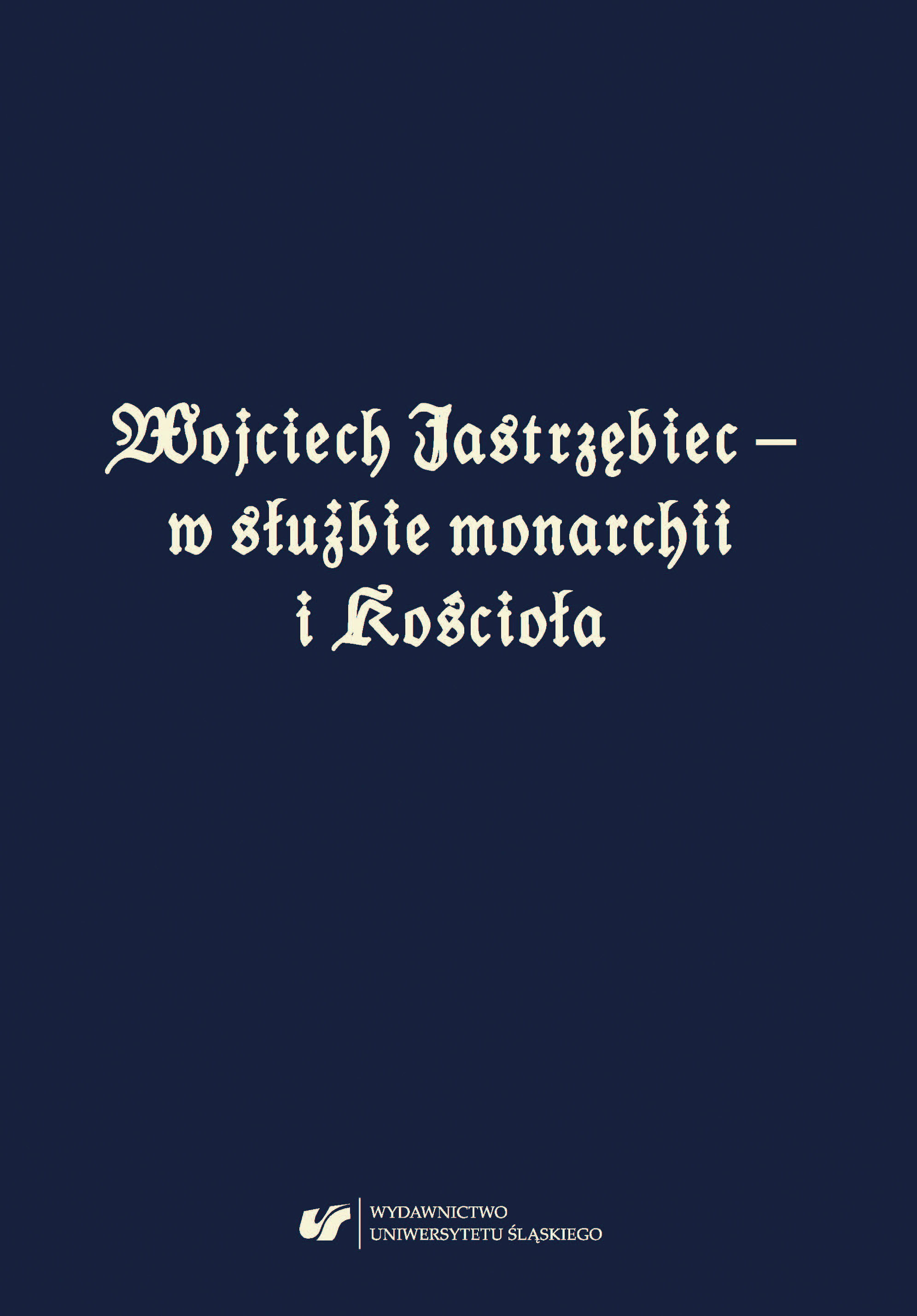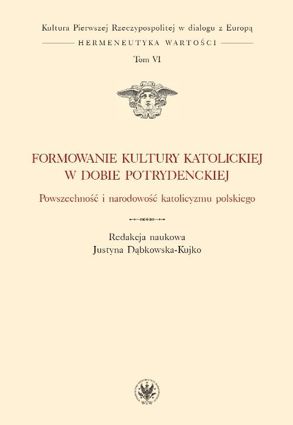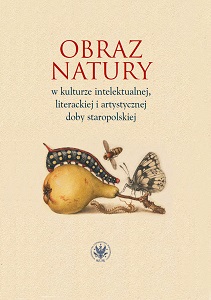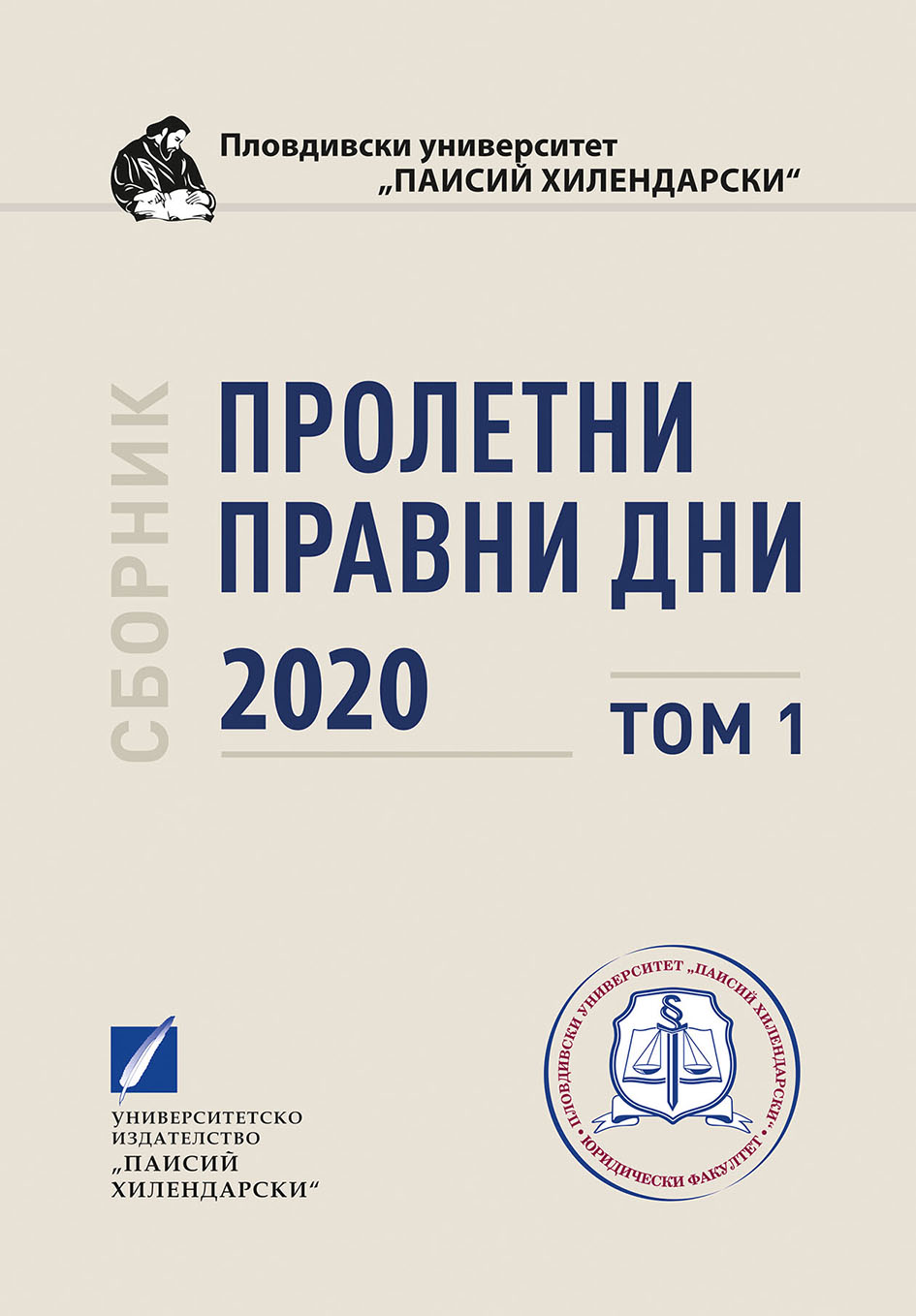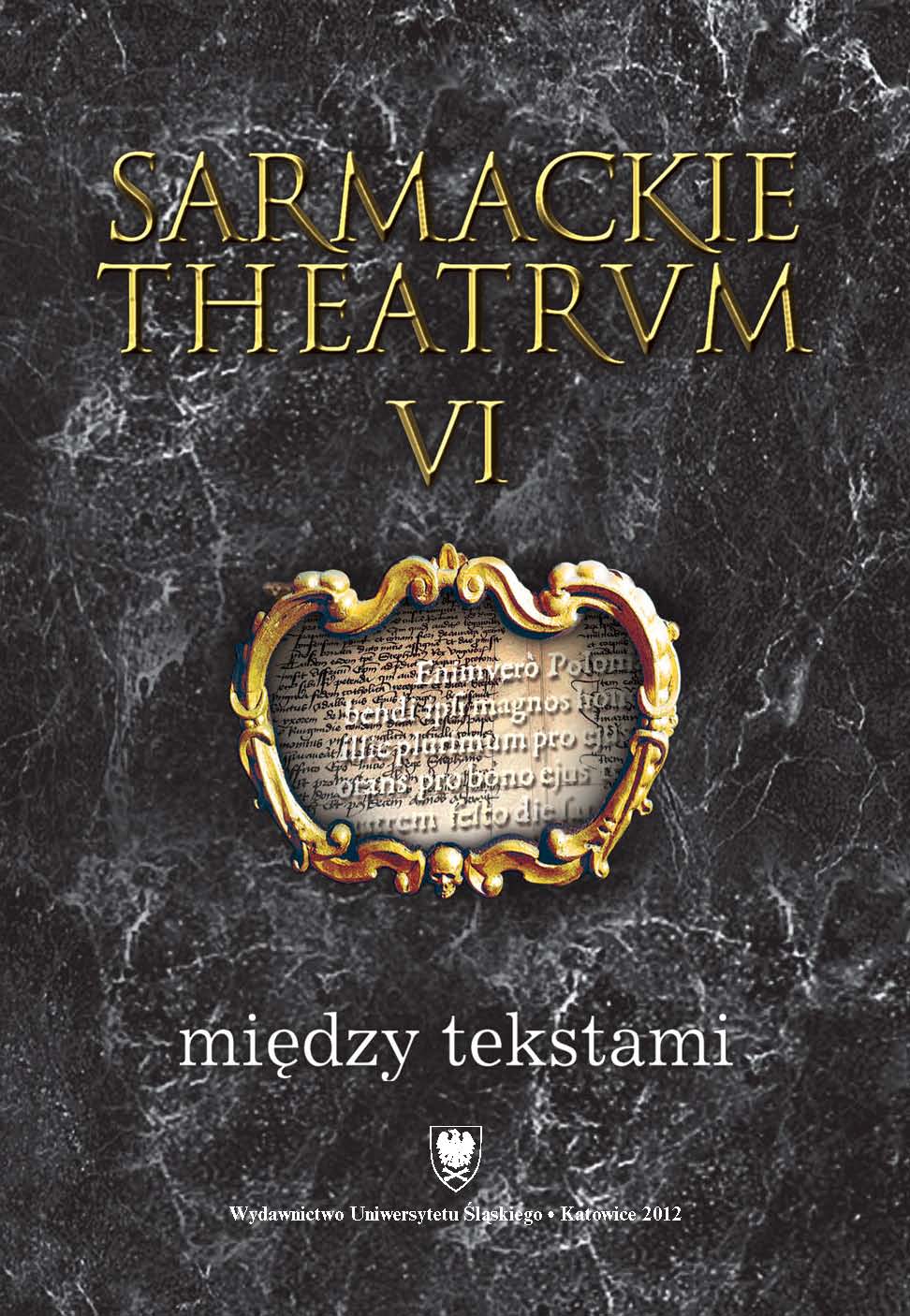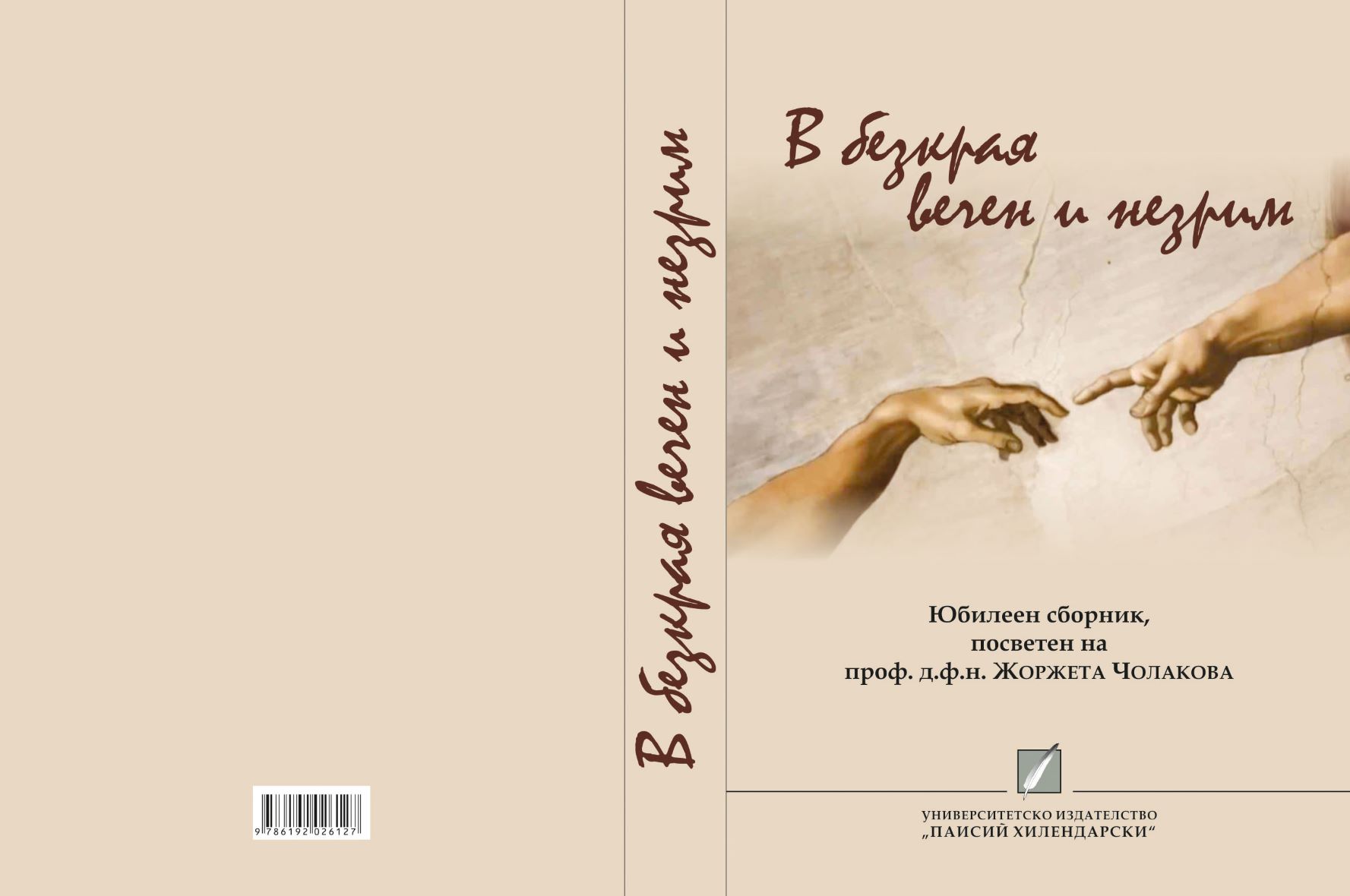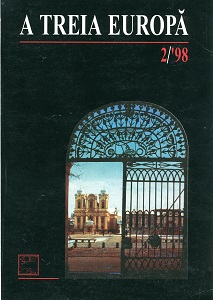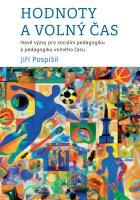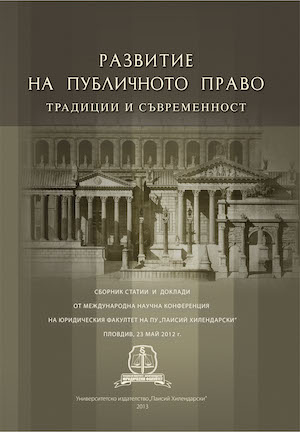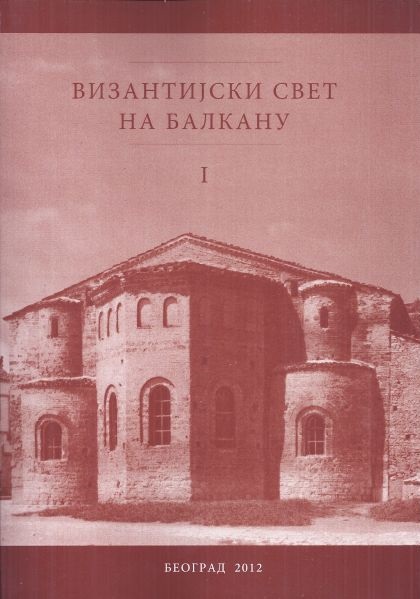
The Scenes of Pilate’s Court in the Monastery of King Marko
Сцене Пилатовог суда у Марковом манастиру
The group of scenes of Pilate’s Court in the Monastery of King Marko represents the most developed example of this iconographic theme in the fresco painting. It consists of seven episodes. They are part of the Passion cycle and are painted in the third register of the western wall of the naos. The first scene illustrates the verses of John 18:33–38, Matthew 27:11, Luke 23: 3, Mark 15:2 : ‘Are you the King of the Jews?’ The second is described in John 18:38 and Luke 23:5. Pilate says to the Jews: ‘I find in him no fault at all.’ The third scene is also according to John 19:10, describing Pilate when he said to Jesus: ‘Are You not speaking to me? Do You not know that I have power to crucify You, and power to release You?’.The fourth depicts the moment when Pilate said to the Jews, "You take Him and judge Him according to your law," (John 18:31). In the fifth scene Pilate brought Jesus out and sat down in the judgement seat in a place that is called ‰TheŠ Pavement, but in Hebrew, it is Gabbatha (John 19:13). For the previous scenes there are no analogies which could enrich the iconographic analyses. They demonstrate a narrative attitude and a close connection to the Gospels — their textual source. The most prominent iconographic elements are the depictions of Domus Pilati, Gabbatha and Lithostraton, which indicate the interest in the Loca sancta of Jerusalem. The next scene is the Flagellation of Christ. Its iconography extends over the limits of the textual sources of the Gospels and Apocrypha. The closest parallel is the depiction of the Flagellation in the Church of St. George in Re~ica, near Ohrid. The key motive of the scene is the the coloumn of Christ’s Flagellation. If we compare this type of composition with three figures, it can be seen that it was disseminated in Byzantium as well as in Western Europe. Some of the examples which confirm this are: the icon with Passion scenes from the Vlatadon Monastery (c. 1370), the diptych with miniatures of the Passion from the Chilandar Monastery (beginning of the 14th c.), the engraved scene at the bottom of the Cross from the treasure of Conques (the first half of the 14th c.), the triptych in Namur (c. 1320–1330) etc. The last scene is Pilate washing his hands (Mattew 27:24–25). The most important elements of the iconography are the depiction of the table and implements for writing. According to the Late Roman and Early Byzantine sources, such as Notitia Dignitatum and John the Lydian, these elements represented the insignia of the governmental authorities. This is well illustrated in the Trial miniatures in the Rossano Gospels. Their depiction in the Byzantine monuments of the Palaiologan period is founded on the iconographic experience of the Early Byzantine examples, as well as their administrative context during the Middle Byzantine period and also on contemporary practices. Pilate’s Court in the Church of St. Demetrius reflects the strengthened interest in the trial process. It is represented according to the elements of the Roman juridical process-cognitio. Another important question concerns the reason for devoting so much attention to the Trial scenes in the fresco programme of the Monastery of King Marko. In an attempt to come closer to the answer, we found it useful to bear in mind what the image of Pilate was in Byzantine tradition. The second part of the paper is devoted to the comments and characterization of Pilate in the historical, dogmatic, hymnographic and juridical sources. The subject also included the categories and meanings of the law and justice. The elaborately presented scenes of Pilate’s Court in the Monastery of King Marko are an isolated instance, which, in the absence of analogies, raises numerous questions about the establishment and development of the iconographic themes. However, its contents indicate that the persons, who were responsible for designing the fresco programme, had a knowledge of the doctrinal, historical, political and legal significance of this topic.
More...
